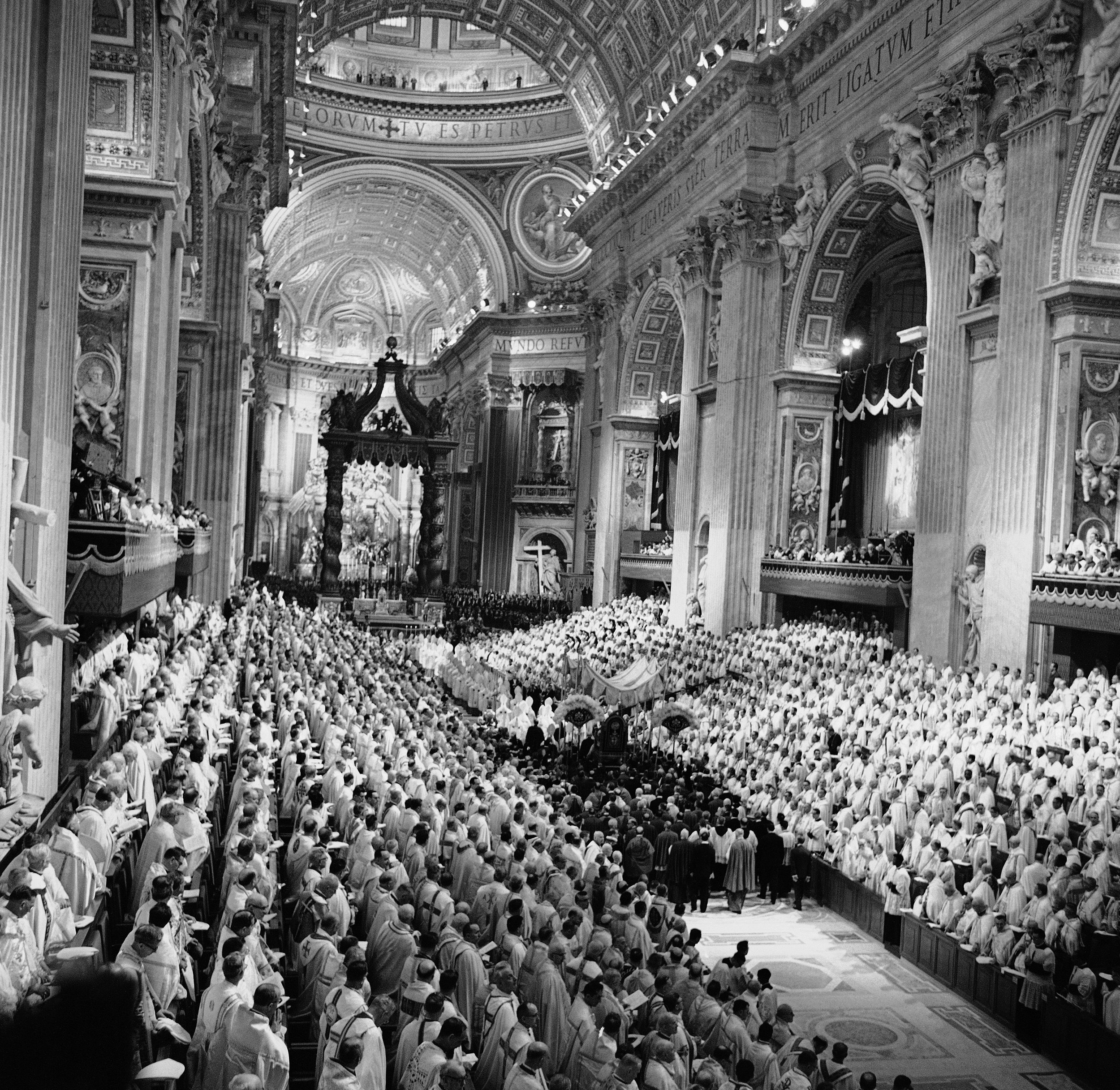Singing the Creed
Did you know that it was once common to sing the Credo (Creed) in the same way that we sing the Gloria every week? Unfortunately, this practice fell by the wayside in the wake of the Second Vatican Council, in spite of what the council fathers actually asked for.
In their Constitution on the Sacred Liturgy, Sacrosanctum Concilium, the council fathers decreed:
“Steps should be taken so that the faithful may also be able to say or to sing together in Latin those parts of the Ordinary of the Mass which pertain to them.” (S.C. 54)
It should be noted that the term ‘ordinary’ is commonly used in two ways:
It is the technical term for a Bishop; thus the phrase, “the local ordinary” means “the local bishop”.
It also describes those parts of the Mass which do not vary from week to week:
Kyrie (“Lord, have Mercy…")
Gloria (excepting Lent)
Credo (Creed)
Mysterium Fidei (“The Mystery of Faith…”)
Sanctus (“Holy, Holy, Holy…”)
Agnus Dei (“Lamb of God,…”)
As you can see from the quote above, the fathers were clear that we should be singing the ‘mass parts’, and we should even be singing them in Latin! [This is the reason why we sing in Latin during Advent and Lent at St. John’s.] Here we should recall the fact that Latin was indeed the universal norm for everything, prior to the council. It was expected at the time that this norm would largely remain in place, with the envisaged exception of proclaiming the readings in the vernacular.
To stress this desire even further, St. Pope Paul VI even promulgated a booklet after the council in 1974 entitled Jubilate Deo! (“Sing to the Lord!”) which contained “[the] minimum repertoire of Gregorian chant” that every catholic should know. He made it clear that latin chant was still to be a normal part of the liturgical life of the church.
Credo III is counted among this collection of standard chant repertoire.
Desirous that it should not to be without its own place, the council fathers also stated that judicious use of the vernacular was to be permitted (cf. § 36). Keeping this in mind, Father Royce desired that I introduce the Creed to our parish in English, particularly since we are not in the habit of singing the Creed and the melody will also be new to us. Therefore, we will be singing a transcription that marries the original chant melody to the official English translation found in the Missal.
As an aside, it should be noted that this transcription differs from that which is promulgated by the International Commission on English in the Liturgy (ICEL) which is found in the back of the Missal; this edition is much closer to the original chant than ICEL’s version, which takes liberties with the music to fit the text, rather than adapting the english text to the original melody as closely as possible. Both approaches to transcription are valid, however they have different goals in mind. ICEL’s version is more an ‘echo’ of the original, whereas with this transcription I desired to be as faithful to the original chant as was feasible. After all, if we are going to learn this ancient chant, we might as well learn the real thing!
During the season of Lent, the Gloria (an equally long chant) is suppressed, consequently, we believed it an opportune time to introduce the Credo. We will begin singing the Creed on the first Sunday of Lent, at the 11am Masses. To ease this transition, I have prepared the following practice video to help all parishioners who are interested in learning this ancient chant more deeply.
Below you will find an audio-only version (which you can download, if desired), as well as a YouTube video which displays an animated score. Click below if you would like to print a version to practice at home. (This score is also free to the general public beyond St. John’s, as a service to Holy Mother Church.)
If you have any questions or comments, please do not hesitate to reach out to me via email either through this site, or at my church address which is music@stjohncatholic.com.
—James J. Richardson, Director of Sacred Music & Organist
PS—for those of you who are still acclimating to the traditional Our Father melody, there is a practice video for that too!
For those that missed my article, we are now singing the melody of the ancient gregorian chant version—a melody that is known around the world and is truly ‘universal’ in the senses of both time and place. It is THE Our Father, so to speak.

